The History of PKM, the Most Common Machine Gun In the World. Part 3

In Part 1 of this article, I wrote about the beginning of the Kalashnikov machinegun story, Part 2 was dedicated to the bureaucratic hoops he initially had to jump through. In this chapter, I will talk about the technical triаls and competition between Kalashnikov and his rivals, Nikitin and Sokolov.
When the competition between two machineguns began, Kalashnikov was way behind, since the other machinegun had already completed the first stage, the technical trials.
The technical trials of PK started in June 1960 in the little town of Klimovsk, in the small arms research institute that was supposed to be a non-biased middle ground between two giant arms factories, Tula and Izhevsk.
Kalashnikov arrived with five prototypes, but his first meeting with local management wasn’t very encouraging. The institute was happy to test a new gun, but they explained that the other machine gun developed by Nikitin and Sokolov was already entering production at a big machinegun factory in Kovrov.
Stopping this process would mean acknowledging that authorities made a mistake and rushed a sub-par machine gun into production. Someone had to be held responsible for reckless spending of government money.
And for those who could be held responsible, the easiest solution was to shut down Kalashnikov’s project and pretend everything was going according to the plan.
The first phase of testing
The prototypes of PK went through initial tests with flying colors. The machine gun fired 30,000 rounds without any breakages and completed all the routine tests.
There was, however, a test that is usually called “depression and elevation”. During this test, the gun is fired with a barrel pointing up (elevation) or down (depression).
The elevation part can be tricky. The bolt carrier had to “climb up” and overcome additional resistance going upward, not just traveling in a straight line, like it usually does, cycling back and forth.
Kalashnikov and his team addressed this problem and added a roller to the feed mechanism. However, when they did that the first samples were already sent to the trials.
PK almost failed during the elevation test, and the Kalashnikov team asked to do the test again, but this time with the upgraded machine gun. The new version with the roller passed the elevation test without an issue.
Much later Kalashnikov finally had a chance to inspect Nikitin’s machinegun and realized that his rival used exactly the same solution to address the same problem. Essentially, at that point both machine guns were excellent, and the victory depended on more than just pure performance.
The unexpected enemy
During the trials, the team ran into a bizarre problem. Any information related to the trials was deemed classified, and discussing problems on the phone was strictly forbidden by the Soviet secret police.
In order to get around this ridiculous restriction, the team created an entire system of codes to report the situation without being arrested. Pipe meant “barrel”, “car” meant “assault rifle” and so on.
For example, the code for “no stoppages, accuracy is ok” was “walking around with hands in my pockets, strainer is great”. However, when bad things happened, those codes were pretty useless.
On one cold winter day, PKT, the tank version of the machine gun, started having trouble with case ejection. The trials were stopped, and one team member, Livady Koriakovchev, decided to let Kalashnikov know about the incident.
He left his dorm at 2 AM in order to not be detected, walked to the nearest village through a nasty snowstorm and called from a payphone. First, he tried to use the codes, but the situation was too complicated.
Kalashnikov interrupted him: “Just tell me what it is” and after listening to the report added: “Leave the testing ground. Go home right now, stop on the way to visit the Ministry of Defense and tell them what happened. In two days you should be back to the testing ground again”.
Livady packed his things and left, and 30 minutes later two KGB officers stormed into the dorm, looking for him. They interrogated other team members who lived in the dorm about Livady. Apparently, Kalashnikov’s phone was tapped by the KGB.
Two days later Livady was back at the testing ground with new springs that should’ve solved the problem with case ejection on PKT. The officer who accepted the springs told Livady: “You must leave now, they are still looking for you”. Within a few weeks, Kalashnikov made the problem go away, but the other team members were pretty shaken by this experience.
At the final stage of technical trials, the machine gun was tested at a temperature of minus 55 degrees. Suddenly, instead of a short burst, the PK went in a “runaway gun” shooting the entire 200-round belt by itself, without the trigger being pulled.
The next day, Kalashnikov flew in to investigate. Apparently, the old sear had incorrect heat treatment and hardness and simply snapped. The new sear worked without an issue.
The technical trials were over, both machineguns were still in the game and had to compete at troop trials, where ordinary soldiers would choose which one was the best.

Vladimir Onokoy is a small arms subject matter expert and firearms instructor. Over the years he worked in 20 different countries as a security contractor, armorer, field analyst, product manager, and consultant. His articles were published in the Recoil magazine, Small Arms Review, Small Arms Defence Journal, Overt Defense and Silah Report. He also worked as the historical consultant for movies and weapon history books, namely "Vickers Guide: Kalashnikov" series, "Small Arms of WW2: Soviet Union" and the 3rd edition of "AK-47: The Grim Reaper". Email: machaksilver at gmail dot com
More by Vladimir Onokoy
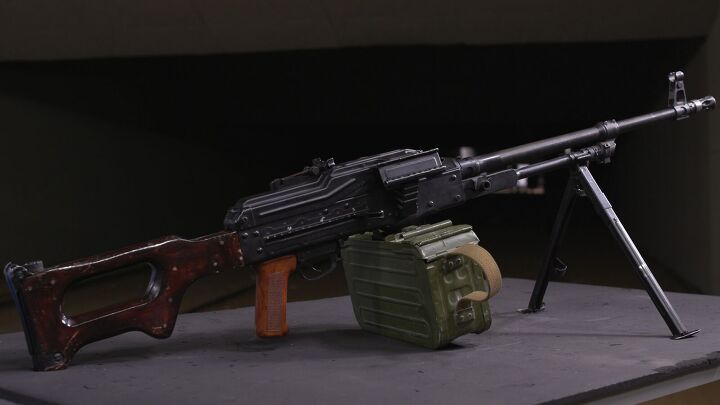







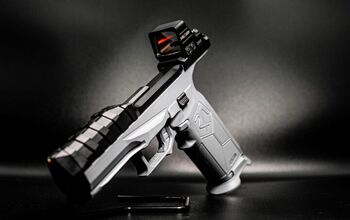







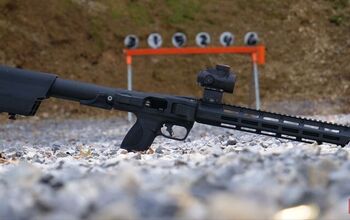
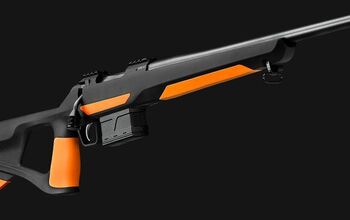




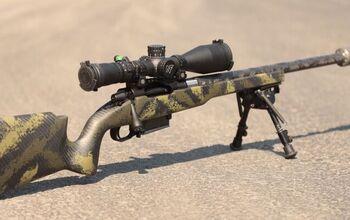

Comments
Join the conversation
I can’t reply to your replies in the previous part but thanks for providing the sources for this article. That‘s more than some other online gun historians do…